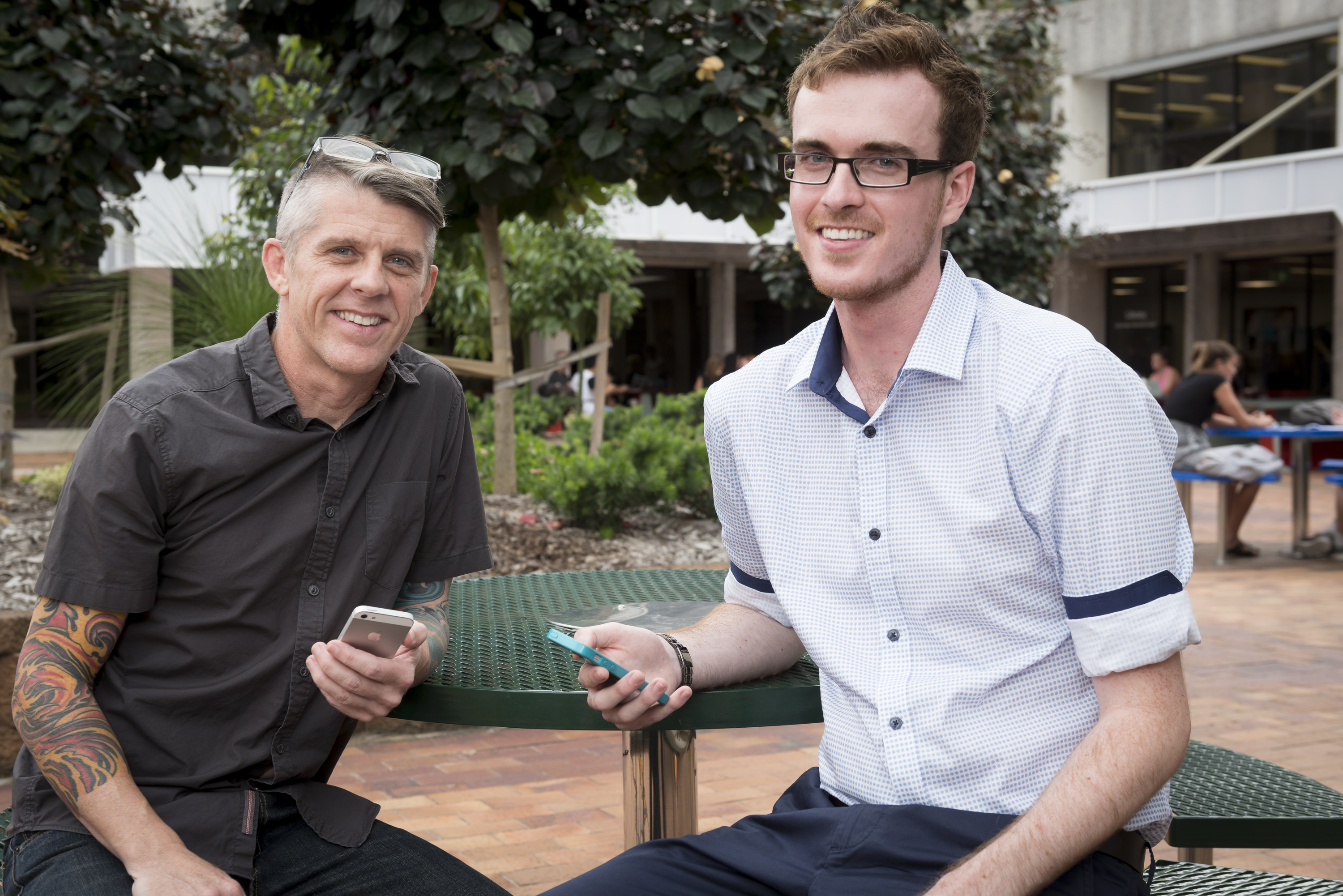People are more worried about being attacked in places they think lack a sense of community rather those perceived as having high levels of social cohesion, a Griffith University study has found.
The pilot study published online inApplied Geography, led by PhD candidate Michael Chataway from the School of Criminology and Criminal Justice, used mobile technology to measure people’s fear of crime in their immediate environments.
Tertiary students living at the Gold Coast were surveyed over three months, using a smartphone app within 10 distinct locations.
The app used GPS sensors built into participants’ smartphones to trigger a series of surveys on perceptions of crime, based on movements within local areas.
The participants were surveyed in relation to three perceptual indicators of personal victimisation: being attacked in an area, being robbed or mugged and being harassed or threatened.​​
Researchers found participants were less worried about personal crime in areas where they thought people in and around the immediate area would intervene if a crime were to occur, than in areas characterised by high amounts of graffiti, vandalism and open drug taking.
“Contrary to accepted notions of crime fear, these results suggest that indicators of incivility do not appear to significantly influence worry about different types of personal crime as much as perceptions of social cohesion,’’ Mr Chataway said.
“Perceptions of crime have an important influence on policy decisions in relation to community safety and law enforcement strategies that are used to prevent crime and fear.”
“For example, place-based information collected from residents about their perceptions of crime can provide critical information about the state of crime fear within communities and provide more opportunities for managing it more effectively.”
But he said despite recent advancements in geographic technologies, there has been little improvement in the way fear of crime is measured among individuals’ movements within the physical environment.
“This is one of few studies to use mobile technology to gather data on fear of crime and risk perception.”
Mr. Chataway said the study showed that mobile technology could help criminologists develop more targeted interventions to reduce the prevalence of fear and crime –as well as better understand how fear of crime and risk perception may be affected by physical and social characteristics of a particular place or location.
“Criminologists should move away from traditional measures of fear of crime collected using paper-pencil surveys to establish a better insight into the spatial and temporal factors that may affect fear of crime.”
